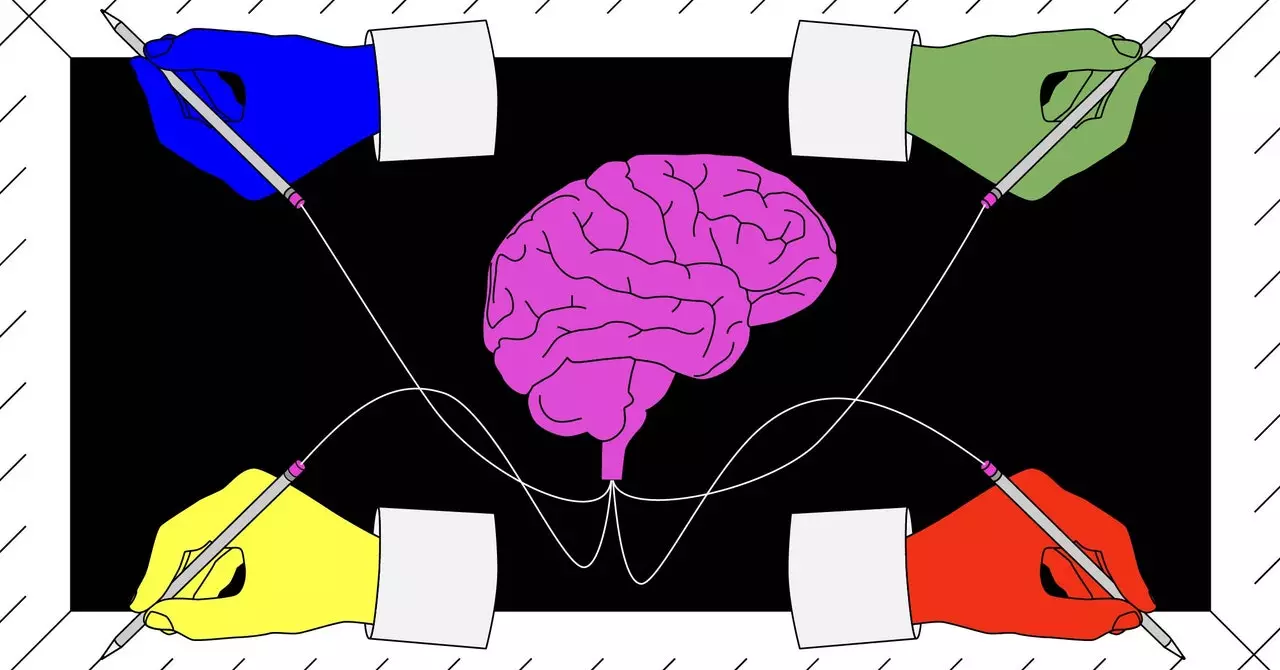The integration of artificial intelligence (AI) in student writing has significantly increased in recent years, as evidenced by the submission of over 22 million papers containing AI-generated content within the past year. Plagiarism detection company Turnitin reveals that approximately 11 percent of these papers may include AI-written language, with some even consisting of 80 percent or more generated text. While the adoption of AI tools like ChatGPT has revolutionized research and writing processes for students, it has also raised ethical concerns and detection challenges for educators.
Despite the convenience and efficiency offered by AI chatbots like ChatGPT in information synthesis and idea organization, there are inherent risks associated with their use. Generative AI has the potential to fabricate information, create non-existent academic references, and exhibit biases related to gender and race. Moreover, students have been tempted to employ chatbots as ghostwriters, leading to instances of unauthorized collaboration in academic settings. The appearance of AI-generated content in peer-reviewed academic publications further complicates the ethical implications of AI adoption in student writing.
One of the primary challenges faced by educators is the reliable detection of AI-generated text in student assignments. Unlike traditional plagiarism, generated text is still considered original content, making it difficult to differentiate from authentic student work. Additionally, the nuances in how students utilize AI tools vary greatly, with some relying on chatbots for completing entire papers while others use them as brainstorming aids. The emergence of word spinners, AI software that rewrites text to evade detection, further complicates the identification of AI-generated content in student writing.
Turnitin’s AI detector has been updated to detect not only AI-generated language but also word spinners and text rewritten by tools like Grammarly. This continuous advancement in detection technology aims to provide educators with more comprehensive insights into the authenticity of student work. However, the increasing integration of generative AI components in familiar software poses challenges in determining the permissible use of such tools by students. Moreover, detection tools themselves are not immune to biases, as evidenced by the higher false positive rates observed in English language learner assessments using AI detectors.
As the prevalence of AI tools in student writing continues to grow, educators face the critical task of upholding academic integrity while adapting to technological advancements. The ethical considerations surrounding the use of generative AI in academic settings highlight the importance of establishing clear guidelines and detection mechanisms to prevent misconduct. By addressing the challenges associated with detecting AI-generated text and leveraging innovative solutions, educators can navigate the complex landscape of AI in student writing to ensure a fair and ethical learning environment.


Leave a Reply
You must be logged in to post a comment.